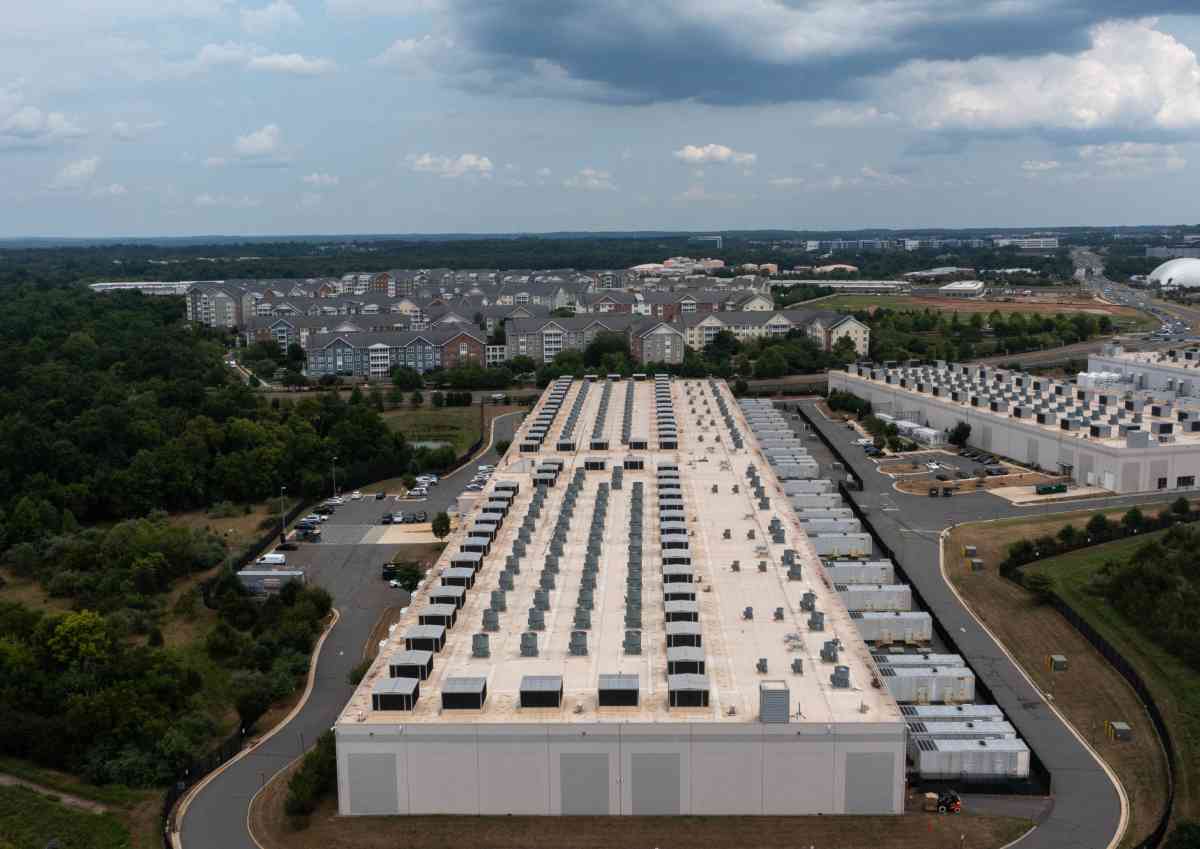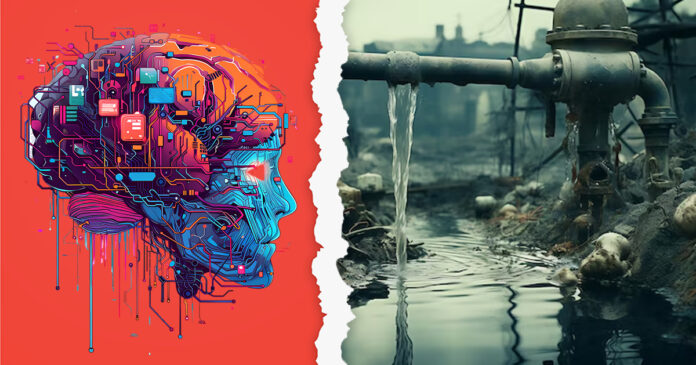Did you know, your 10 messages to ChatGPT can require 500 ml of water, according to the University of California, Riverside. This research also shows that AI will require as much water as the whole of Denmark or half of the UK by 2027.
Yes, our beloved AI is fueling the water crisis, and they don’t want us to know.
Why Does AI Require Water: Data Centres
Why does AI even require water, you may ask? Well, AI is run through data centres, and these data centres can’t exist in the air, right? They are on massive areas of land and need to fetch tons of natural water resources. Why? Let me elaborate.
Every time we send a prompt to AI, it has to run complex calculations through its neural network, which is done by the most powerful specialised computer chips in the world, which are housed inside the very enormous data centres.
Even though users are able to send prompts, the training process for these models need to carry out mass analysis of data. Training a single large model (like GPT‑3) can consume hundreds of thousands of litres of clean water, primarily for intensive cooling processes.

AI server cooling consumes significant water, with data centres using cooling towers and air mechanisms to dissipate heat, causing up to 9 litres of water to evaporate per kWh of energy used.
Yes, Sam Altman, CEO of OpenAI, stated that only 1/15th of a teaspoon of water, or 0.03 millilitres of water, is used in every interaction with ChatGPT. However, many researchers question these claims and state that they are talking about small models only, and the case for large models like GPT-3 is entirely different.
Microsoft reported that its water consumption shot up by 34% in a single year, largely because of its investments in AI. Google and Meta aren’t far behind either. It’s ironic, really, the very technology that’s supposed to be the future is quietly draining one of Earth’s most critical resources in the background.
Who Pays the Price of This Climate Catastrophe?
Tech giants are building data centres in places like Arizona, New Mexico, and parts of Europe, basically areas that are already facing serious droughts and water shortages. Local communities (that were once in support of data centres, thinking it was a technological improvement) are starting to feel the pressure, with limited access to clean water or rising water prices. And here’s the thing: they’re not benefiting equally from the AI boom. Big Tech takes the water; the locals get the leftovers.
We’ve seen this before with fossil fuels, with manufacturing, and now, the same exploitative model is being repackaged in a shiny AI wrapper.
Of course, companies love to say they’re “carbon neutral” or “sustainably cooling” their servers. But what does that even mean when they’re still using millions of gallons of water per year? Recycling a bit of water or planting a few trees doesn’t undo the fact that AI is becoming a major environmental stressor.
This is a water crisis in the making, but because it’s happening in server rooms and not in our taps (yet), it’s easy to ignore.
Stay tuned to Brandsynario for the latest news and updates.





































